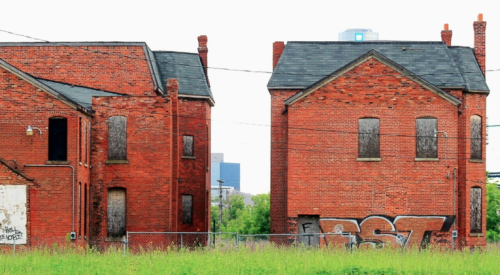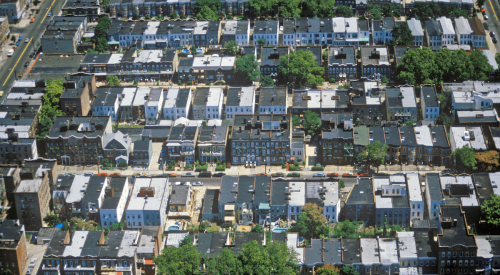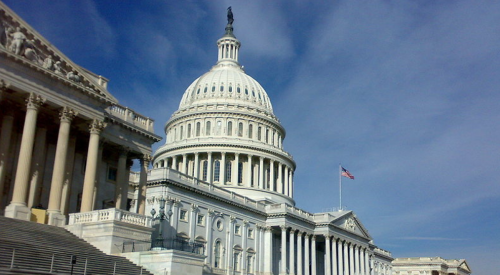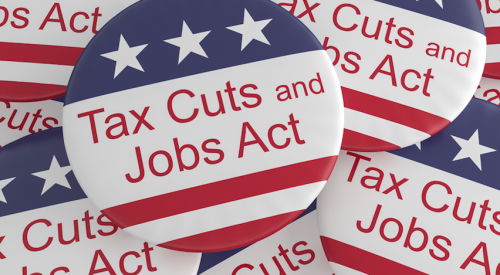Sale prices are rising in "Opportunity Zones," designated in the Tax Cuts and Jobs Act of 2017 (TCJA) as low-income or high-poverty census tracts where investors can channel capital gains for big tax savings.
The Treasury certified 8,700 such census tracts selected by state governors across the U.S., where qualifying investments and funding of community projects can return a possible 15 percent tax discount to investors. Investors who keep their money in the Opportunity Zone for at least 10 years can avoid all capital gains taxes on the investments' profits, Zillow reports. Sale prices in Opportunity Zones overall increased by more than 20 percent annually once the final count was certified.
The rationale behind the zones is relatively simple. Proponents argue that a lot of the wealth currently generated as capital gains could be put to good use as seed money in traditionally neglected communities shut out of investment – ideally revitalizing infrastructure, fueling economic growth, and spurring job creation and overall prosperity. But whether this tax break will direct funds to the communities that need them the most – or what happens when money arrives – are open questions.












